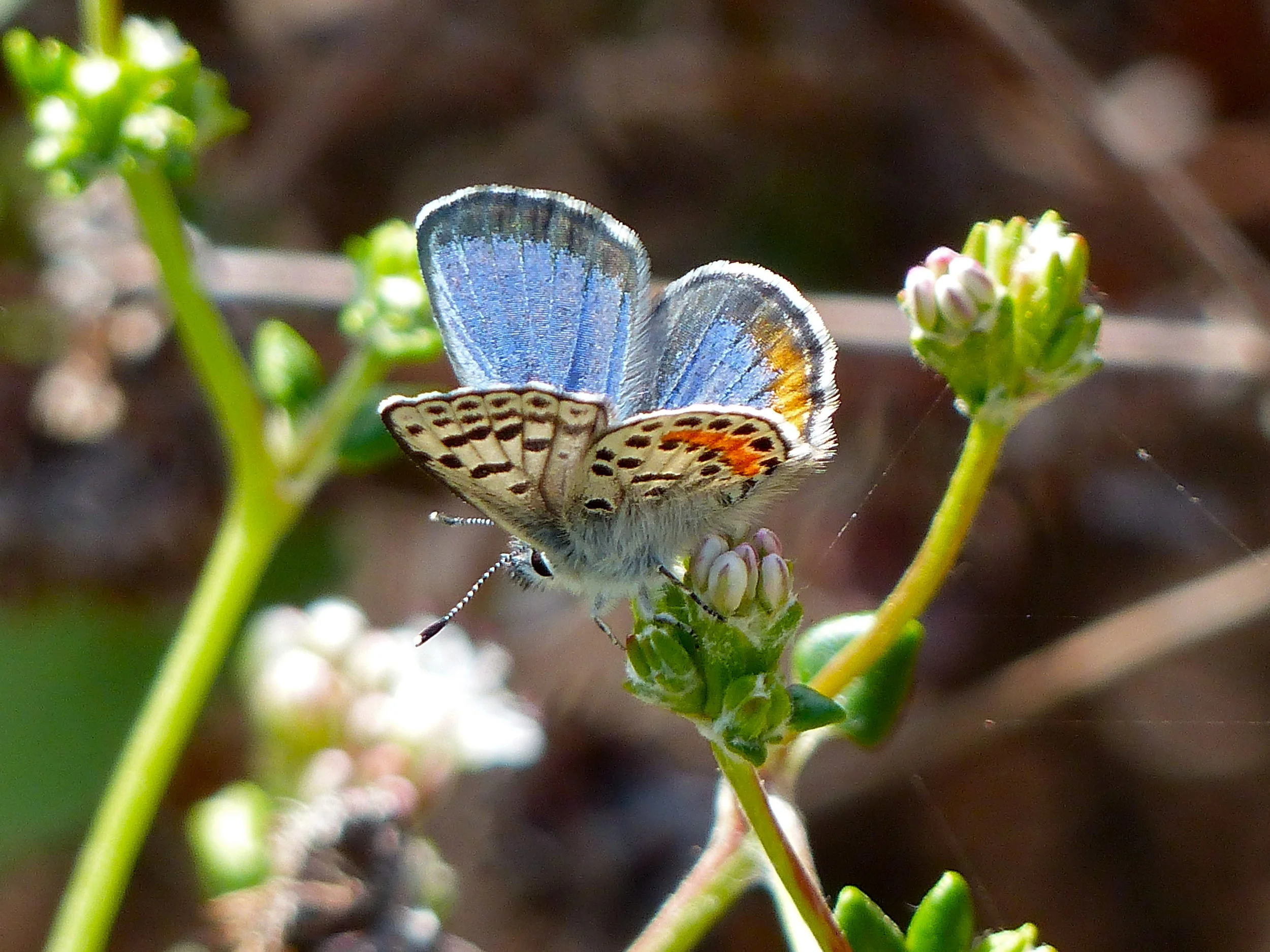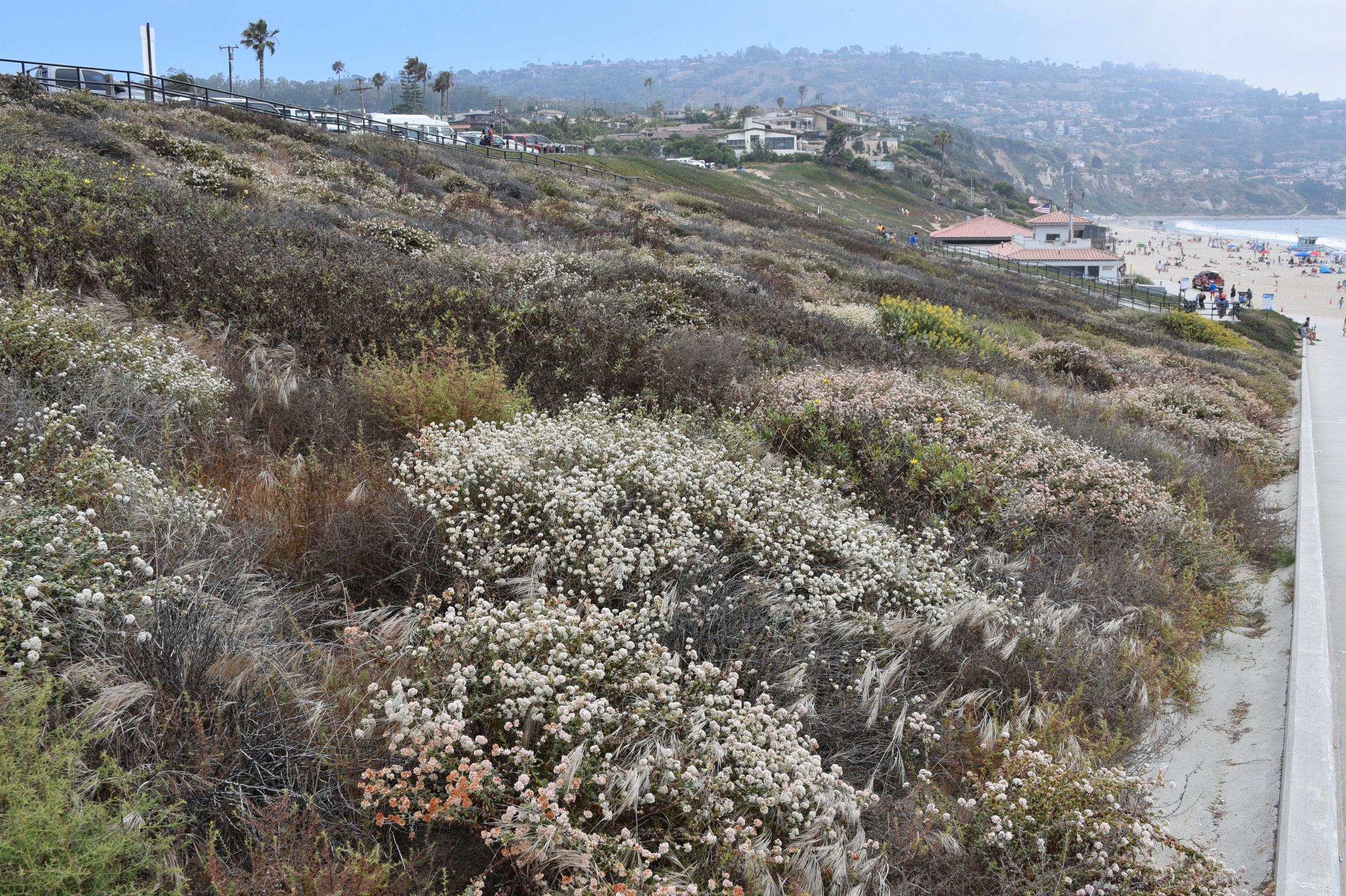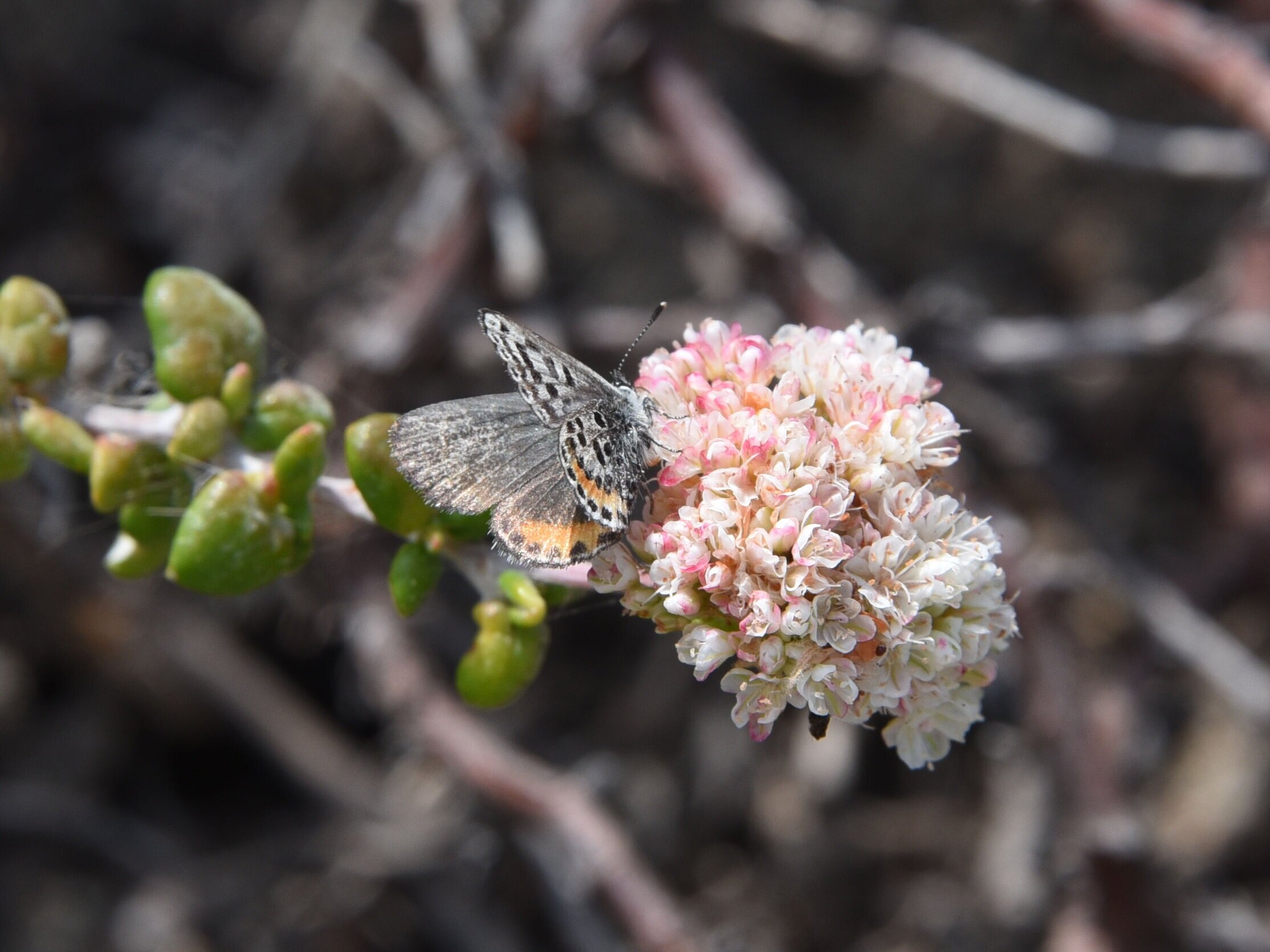
Mission
To connect and create local native wildlife habitat capable of supporting valuable species like the El Segundo blue butterfly, while engaging the public in educational and recreational events.
Goals
Communication
Build communication between local stakeholders to promote conservation and restoration of open space to benefit the El Segundo blue butterfly and other local native wildlife and their associated habitats.
Support plans, programs, and policies that support ESBs in city and regional plans, and others. Work with officials to implement efforts to support native plants and wildlife.
Outreach and Education
Lead educational and restoration events to promote youth and public environmental stewardship that benefits local sensitive species like the El Segundo blue butterfly.
Integrate habitat solutions with trails and associated recreational opportunities for all ages
Restoration and Monitoring
Develop a historical understanding of habitat conditions that allowed the El Segundo Blue Butterfly to thrive and apply to current and potential sites.
Prioritize and promote restoration of local native plant communities that align within current constraints and climate change.
Document restoration efforts and techniques that have occurred at sites that successfully support ESBs. Employ science based monitoring to determine success of restoration efforts.
Sufficiently increase reliable habitat and sustainable population abundances to de-list the El Segundo blue butterfly.
Create suitability map of potential restoration opportunities.
Resources
Promote knowledge sharing of locally sourced plant palettes, restoration techniques, and plant care with private landowners, agencies, organizations, and the public of all scales, landscape architects, homeowners, gardeners, nurseries, from backyard to Ecological Reserve.
Create guide and templates for the “how-to, when-to, and what-to” tailored to different audiences.
Identify funding and resources opportunities for organizations to pursue and support the goals of the Coalition.
Advocate for resources to support restoration and conservation of native wildlife habitat that support species like the ESBs and incorporate into strategic planning documents, local governments and municipalities.
Recovery Is Possible!

History
On June 1st, 1976, the El Segundo blue butterfly was listed as an endangered species at the federal level (Federal Register). According to the US Fish and Wildlife Service, the historic population averaged 750,000 butterflies a year. The endemic butterfly’s range extends from the Ballona Wetlands south to the Palos Verdes Peninsula. This species relies on coastal dune habitat and a single host plant, seacliff buckwheat (Eriogonum parvifolium). All four stages of the critter’s complete metamorphosis life cycle of one year depend on this plant. They fly for only a few months a year in summer and each butterfly lives for just 4 to 14 days. After mating, the female butterfly lays eggs in the buckwheat flowers. 3 to 5 days later, the caterpillars hatch, then feed on the vegetation and form a chrysalis in the leaf litter, sand, or leaves of the plant to enable them to hibernate through the winter.
There are many threats to this butterfly species, but the primary threats are the result of human urbanization activities: development and habitat fragmentation. Invasive plants are also a significant threat to this species’ habitat.
In spite of these threats, the solution is simple: increase the habitat available throughout the El Segundo blue butterfly’s range through restoration of coastal dunes. The ultimate goal is delisting of this delicate creature! Since restoration efforts began in 1975, the butterfly is now found at 7 sites instead of only 2! These azure gossamer beauties can be observed in Ballona Wetlands, El Segundo, Dockweiler, Torrance Beach, Pt Vicente, Redondo Beach and Malaga Cove. If the appropriate vegetation is planted to restore the habitat, this butterfly’s population will continue to rebound. Students at Redondo Union High School students worked on a project in Redondo Beach for years to re-establish the coastal dunes habitat, with the tiny seed of hope that the Blue might return. Against expectations, a population re-established itself in a region that had been covered by non-natives for more than forty years! Expanding and connecting habitat is critical to the butterfly’s recovery, and it is possible. If we act now, it is not too late to save this unique species from extinction!
The ESB is Now Identified as it’s Own Species!
Until recently, the El Segundo Blue Butterfly has been identified as a subspecies of the Square-spotted Blue (Euphilotes bernardino allyni), originally described by Shields (1975). Based on new genetic studies, the El Segundo Blue Butterfly has been elevated to full species status as Euphilotes allyni (Rubinoff et al. 2021). Read about the genetic history in a blog by Dr. Travis Longcore, a member of the ESB Coalition and contributing author to the recently published paper: Rubinoff, D., T. Longcore, J. R. Dupuis, and K. H. Osborne. 2021. Genomic data support the elevation of the federally listed El Segundo blue (Euphilotes bernardino/battoides allyni) to species status. Journal of the Lepidopterists’ Society 75(2):161-164.
Identifying El Segundo Blue Butterflies
ESBs are about the size of your thumb nail, pretty small!
Larval stage of the ESB.
Female ESB on buckwheat showing brown and orange upper wings.
ESB underwings showing square-ish spots and orange stripe on lower wing.
Male ESB showing blue upper wings.
Ready to help?
Volunteer
—
Restore





